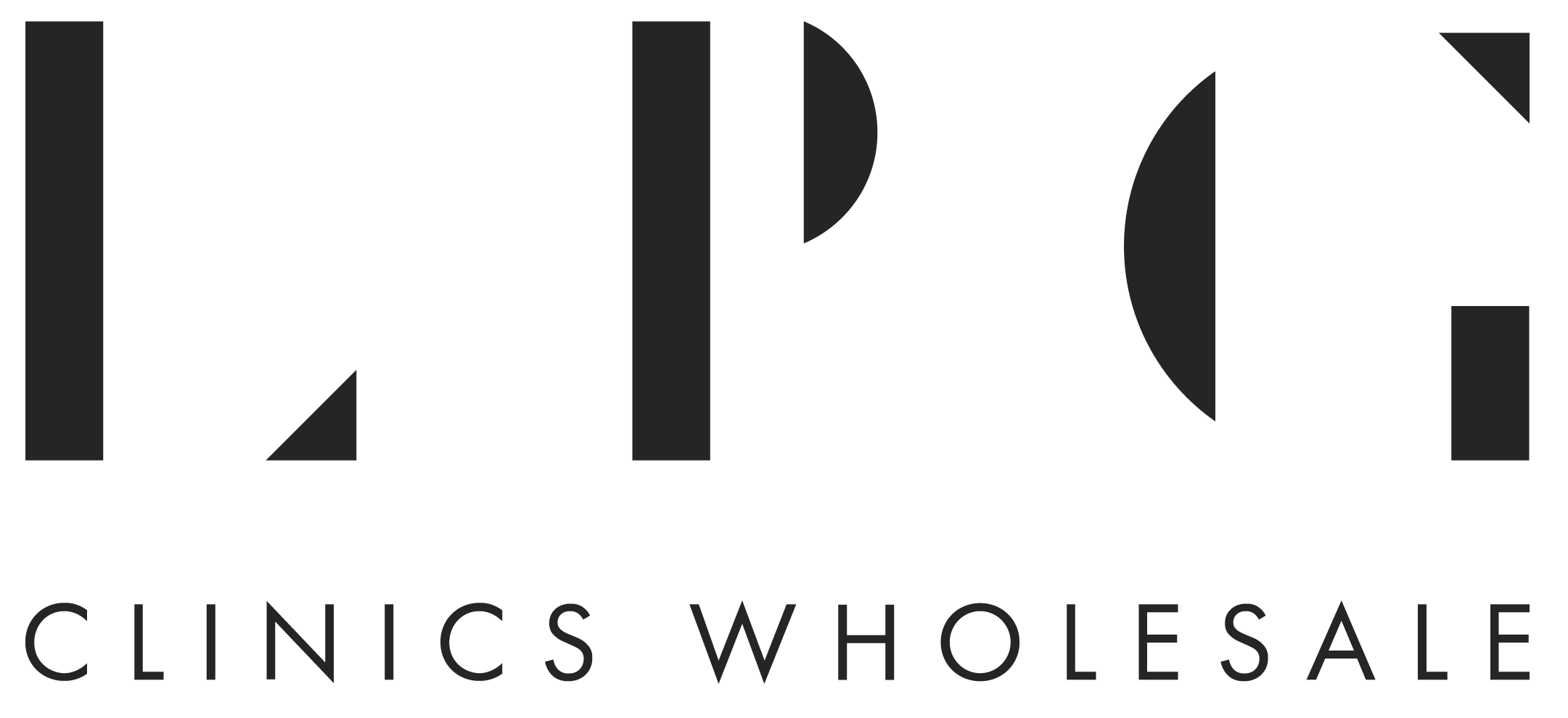How often has a patient said, “I don’t want anyone to notice I’ve had it done.”? For years, injectables such as dermal filler and botox have been closely associated with puffy lips, pillow faces and frozen facial features.
These aesthetic trends have now moved on to a ‘natural look’ where practitioners help patients look younger but still like themselves. Thankfully, achieving a natural appearance with dermal filler is entirely possible. But, there is a fine line every clinic treads between natural and overly-injected results.
Achieving Natural-Looking Filler Results
Consultation
A one-to-one consultation will reveal everything you need to know about your patient. Learn about your patient’s concerns, goals and past experiences. You may discover they’ve had a bad reaction or poor results at another clinic.
At this point, analyse your patient’s facial anatomy, skin quality and problem areas. Get a clear vision of what you’ll be working with and how you can approach the following procedure with their goals in mind.
Choosing the Right Dermal Filler
Dermal fillers are made from various substances. This includes hyaluronic acid (HA), calcium hydroxylapatite (CaHA) and Poly-L-Lactic acid. Each of these formulas has unique properties that affect the duration and effectiveness of the treatment.
HA filler, such as Juvéderm and Restylane, hydrate and plump the skin, making them ideal for fine lines and wrinkles. CaHa fillers, Radiesse, provide structural support and stimulate collagen production, making them suitable for deeper wrinkles and volume restoration.
Poly-l-lactic acid works gradually by encouraging collagen growth, delivering long-lasting results for deep lines and wrinkles. You should also consider the G-Prime, which measures the filler’s ability to maintain shape when force is applied.
For example, Lumifil Lite contains a low G-Prime, making it thinner and easier to spread. This filler is best for fine lines around the neck, mouth and eyes. In contrast, Lumifil Max’s high G-Prime has a higher lifting capacity, making it beneficial for treating the chin, jaw and nose.
Injection Techniques
Selecting the correct injection technique is essential for achieving natural-looking dermal filler results. Microdroplet injections provide subtle, uniform enhancement, while linear threading follows natural contours to define features and restore volume.
Cross-hatching ensures even filler distribution, achieving smooth, natural results. A fan technique injects filler in a fan-shaped pattern to create a more natural-looking result. When applied effectively, these techniques help patients attain their desired, naturally enhanced appearance.
Want to upskill your clinic? Explore Skin Suite, our dedicated training academy, for beginner and advanced courses in dermal fillers.
Injecting the Optimum Amount of Filler
Overfilling your patient’s face results in a ‘pillow face’ – an asymmetric, puffy and unnatural-looking appearance. Depending on the treatment area, you can achieve your patient’s desired outcomes with very little filler.
Dermal filler syringes usually contain 1ml of product, equivalent to ⅕ of a teaspoon. For lip and nose filler, we recommend 1ml of filler, whereas for cheek filler, you may require 2 to 6mls. If your patient wants to restore volume and minimise signs of ageing, treat the temple area. We often neglect the temples, and when injected with 2-4mls of filler, it can completely lift and shape the face.
After treatment, set robust aftercare instructions and schedule regular follow-up appointments to assess the results and make any adjustments. These steps will ensure effective, natural-looking results for your patients every time.
Buy Dermal Fillers Online at LPG Clinics Wholesale
Browse our dermal filler collection or contact the LPG Clinics Wholesale team to find out the best solution for your clinic.




